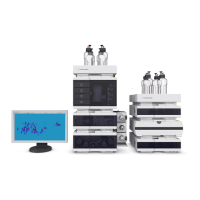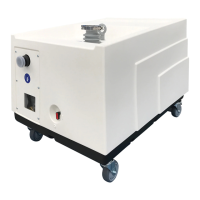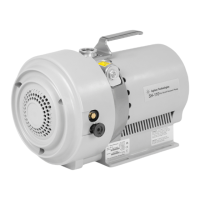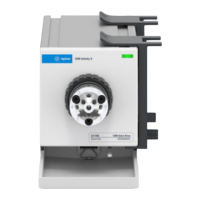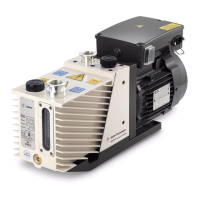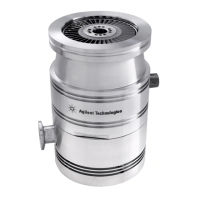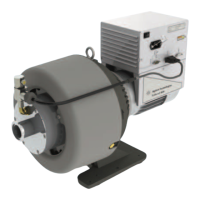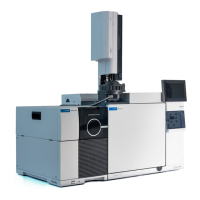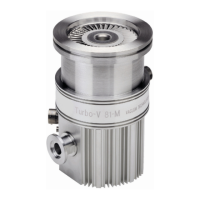Agilent 1290 Infinity II Flexible Pump User Manual 183
Hardware Information
10
Interfaces
• standard TTL levels (0 V is logic true, + 5.0 V is false),
• fan- out is 10,
• input load is 2.2 kOhm against + 5.0 V, and
• output are open collector type, inputs/outputs (wired- or technique).
Special Interfaces
The module includes a DC-Out (24 VDC) power line that is intended to be
used with certain modules that operate as CAN slaves, for example
external valves. The line has a limited output of 1.7 A and is self
resetting.
All common TTL circuits operate with a 5 V power supply. A TTL signal is defined as "low"
or L when between 0 V and 0.8 V and "high" or H when between 2.0 V and 5.0 V (with
respect to the ground terminal).
Tabl e 6 Remote Signal Distribution
Pin Signal Description
1 DGND Digital ground
2 PREPARE (L) Request to prepare for analysis (for example, calibration, detector
lamp on). Receiver is any module performing pre-analysis activities.
3 START (L) Request to start run / timetable. Receiver is any module
performing run-time controlled activities.
4 SHUT DOWN (L) System has serious problem (for example, leak: stops pump).
Receiver is any module capable to reduce safety risk.
5 Not used
6 POWER ON (H) All modules connected to system are switched on. Receiver is
any module relying on operation of others.
7 READY (H) System is ready for next analysis. Receiver is any sequence
controller.
8 STOP (L) Request to reach system ready state as soon as possible (for
example, stop run, abort or finish and stop injection). Receiver is any
module performing run-time controlled activities.
9 START REQUEST (L) Request to start injection cycle (for example, by start key on any
module). Receiver is the autosampler.
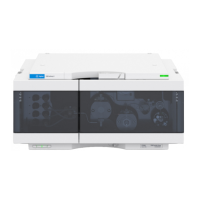
